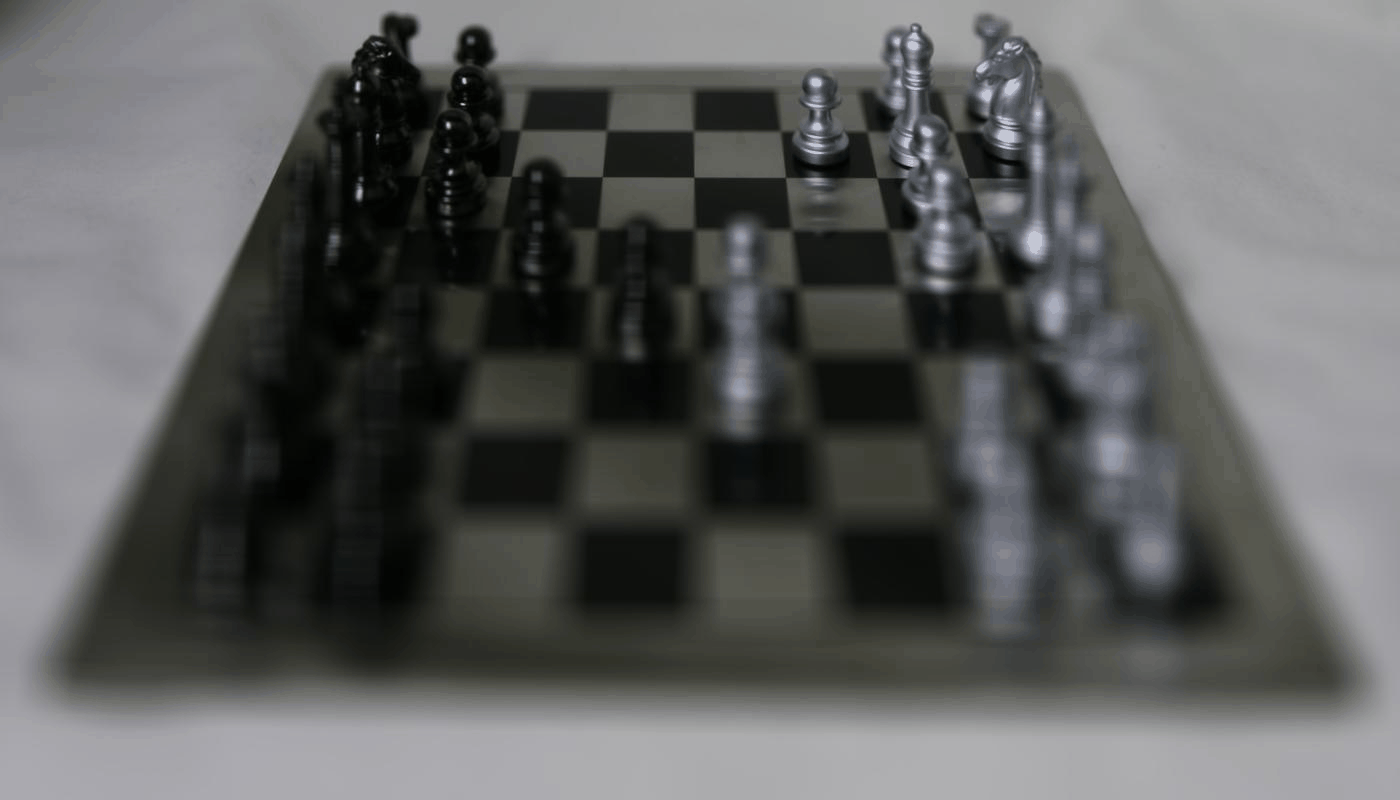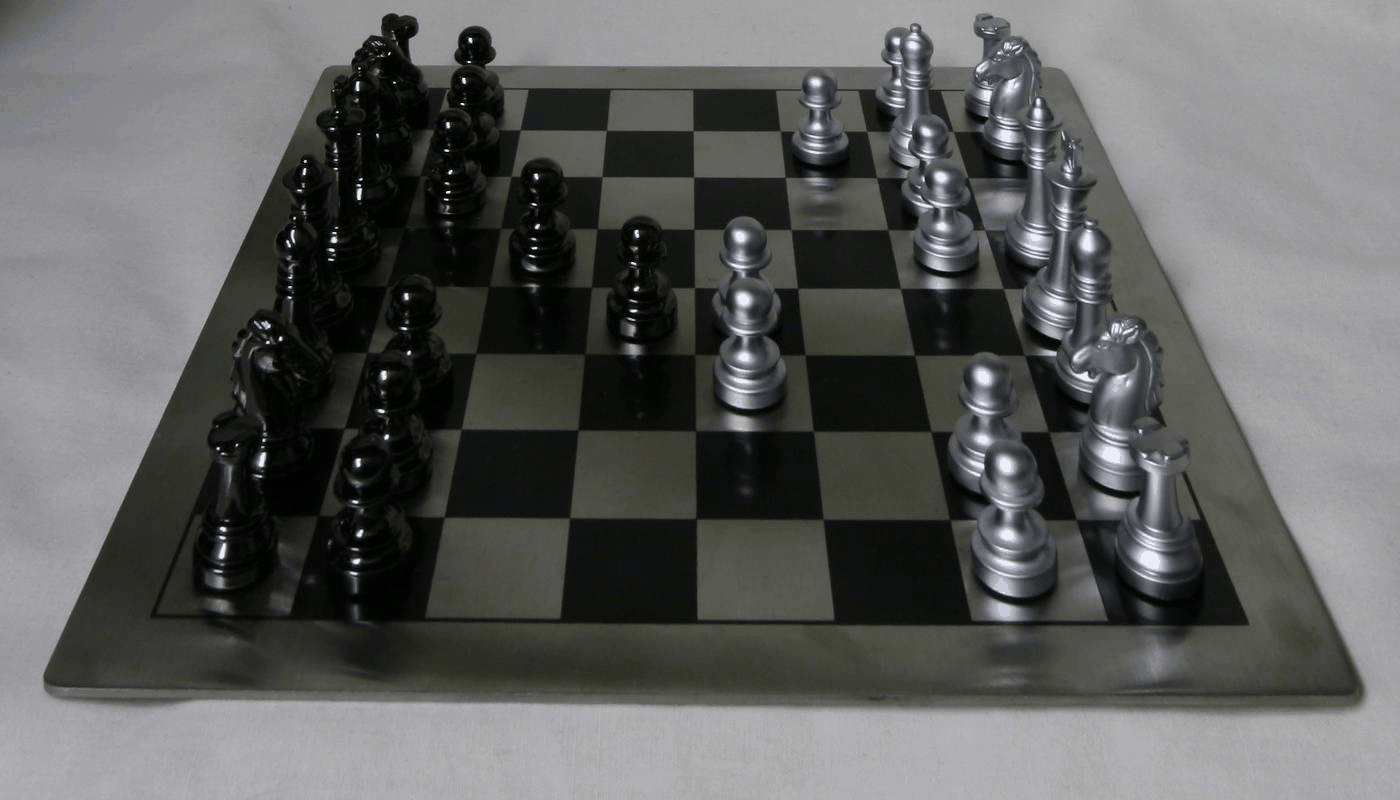Lightfield Camera
By Jason Xie
Abstract
Light fields are composed of images taken of the same subject. All photos are taken from the same angle, but their position vary on a grid perpendicular to the optical axis. By storing the information from light fields, rather than just a single 2-D image, it is possible to apply post processing techniques, like refocusing and aperture size, onto an existing image.
Depth Refocusing
We can change the focus of the image by shifting the light fields and averaging the images together. If we simply averaged all the images in the dataset, we would have an image that focused on the far away objects. This is because far objects do not change their positions as much as close objects so they appear less blurry. If we want to change which depths are focused on, we simply align objects in that depth and then average all the images.
To do the aligning, we take each image's (i, j) position, and shift the image k * (8 - i) pixels to the right and k * (j - 8) pixels down. Essentially, this shifts the images closer to the center image -- which is at location (8, 8). I took averages with 15 different magnitudes of k, and the resulting images are shown below.
Mag = 0.0

Mag = 1.0

Mag = 2.0

Mag = 3.0

Combined Gif

Problems Encountered:
The biggest problem that I encountered was trying to figure out which direction to shift each image, and at first I shifted left the amount I was supposed to shift right, which caused some blurry images. However, a quick trial and error approach got me to the focused photos above.
Apeture Adjustment
Another benefit of light fields is that it allows us to manipulate the aperture of the image after it is taken. We do this by, selectively taking averages of the light field images close to the center image. Given a window size, w, I took a box of 2w+1 by 2w+1 which went from (8-w, 8-w) to (8+w, 8+w) to adjust the aperture of the final image
Center Image

5x5 Box

9x9 Box

13x13 Box

Combined Gif















